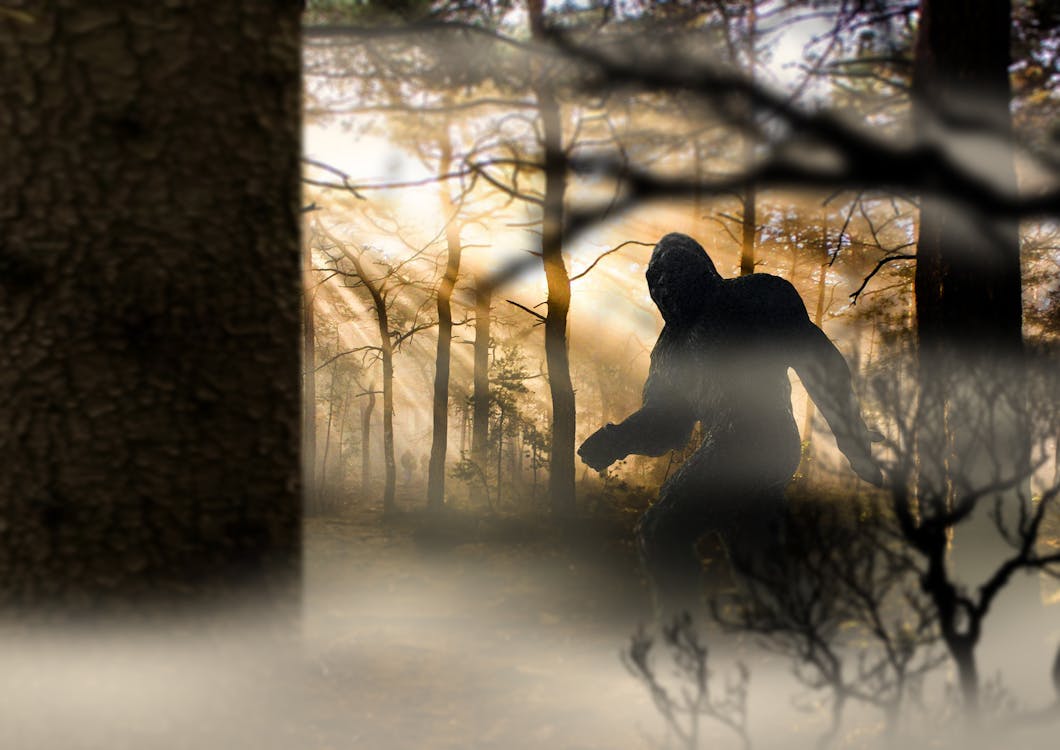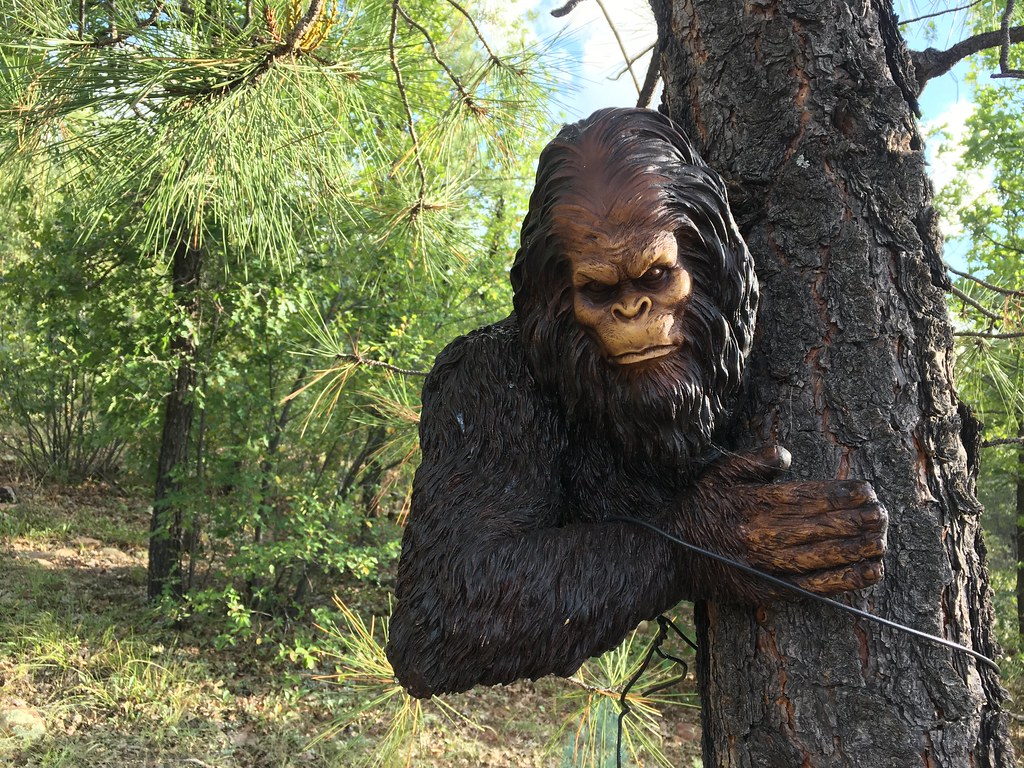Bigfoot is huge these days. Hes a bono fide rock star. The Sasquatch has become a mascot for our times, with major sightings, the first ever on-screen celebrity interview, and a full-length bronze statue in his honor. Though I've always been a fan of Bigfoot's mystique and its hallmark unexplained case files, the lack of concrete evidence still has me on the fence.
The search for Bigfoot has been going on for decades now with no body to show for it (no pun intended.) While I don't need a body to believe in Bigfoot's existence, I'm certain that proof positive will come in the form of a corpse. In my opinion, if we don't have that by now then we probably never will.
This is where the ongoing dispute between Bigfoot enthusiasts and skeptics come in. While skeptics look to Bigfoot DNA, and see it as a way to prove the legend's existence, believers look to physical evidence such as footprints and hair samples. Bigfoot enthusiasts claim without any real evidence that this absence of tangible proof is simply because there is no such thing as Bigfoot. Skeptics dismiss this claim on the grounds that there are plenty of physical anomalies in nature which exist but are not yet proven. I believe that what we have here is a classic case of ignorance vs. education.
Reasons why bigfoot doesn't exist. (From a skeptic's point of view)
1) No bigfoot has been caught or killed so far and yet we usually find dead animals with ease.
2) All the photographs and videos of bigfoot are not of any good quality so it's hard to see for sure if it's really a bigfoot or just a human in costume.
3) The sightings could be mistaken sightings of other things like bears, people wearing costumes, and/or novelties like changes in temperature that causes nuts to grow on trees along animal trails.
4) Continuing deforestation is causing more animals to move into areas where they have not lived before which is why many people might mistake them for being something new like bigfoot.
5) The "new" sightings might just be a few weird people who read the same books as the other people in their area.
6) There is not enough evidence to support that bigfoot exists (so no autopsy or DNA samples are taken).
7) Bigfoot could be a hoax by someone who just wants attention.
Reasons why it could exist:
1) They are not of human origin and they have been here longer than humans have. There is evidence from rock paintings and wood carvings of people with antlers and shaggy hair being around much longer than humans.
2) It has been speculated that a bigfoot is an undiscovered species of a giant ape that could be a possible missing link between humans and other animals like apes. Yet the supposed ape looks very human with many human features including fingers, toes, eyes, ears, mouth, nose, and even hair (hair on the head and arms).
3) Some have said that it's related to ghosts and other paranormal activity.
4) Many people believe bigfoot is actually an alien living on Earth. The bigfoot sightings have been reported all over North America along with UFO sightings being reported in these areas also. Many people who claim to have seen both bigfoot and UFOs think they are linked together somehow.
And there you have it. Hope you found it an interesting read. please let us know are you a believer or not. If you have an opinion on any of the topics covered in these controversial topics blog, please feel free to comment! We love discussion!
Here you will find the most popular and controversial topics on the internet about everything from aliens, UFOs, ghosts, bigfoot oddities, mysteries, conspiracies, cryptids, theories and all things paranormal. We invite authors to submit posts about topics that are not listed. If you're interested in writing a guest post that will be published on our blog, please contact us! Visit our About Us page for more information about us or Contact Us with questions or comments.




